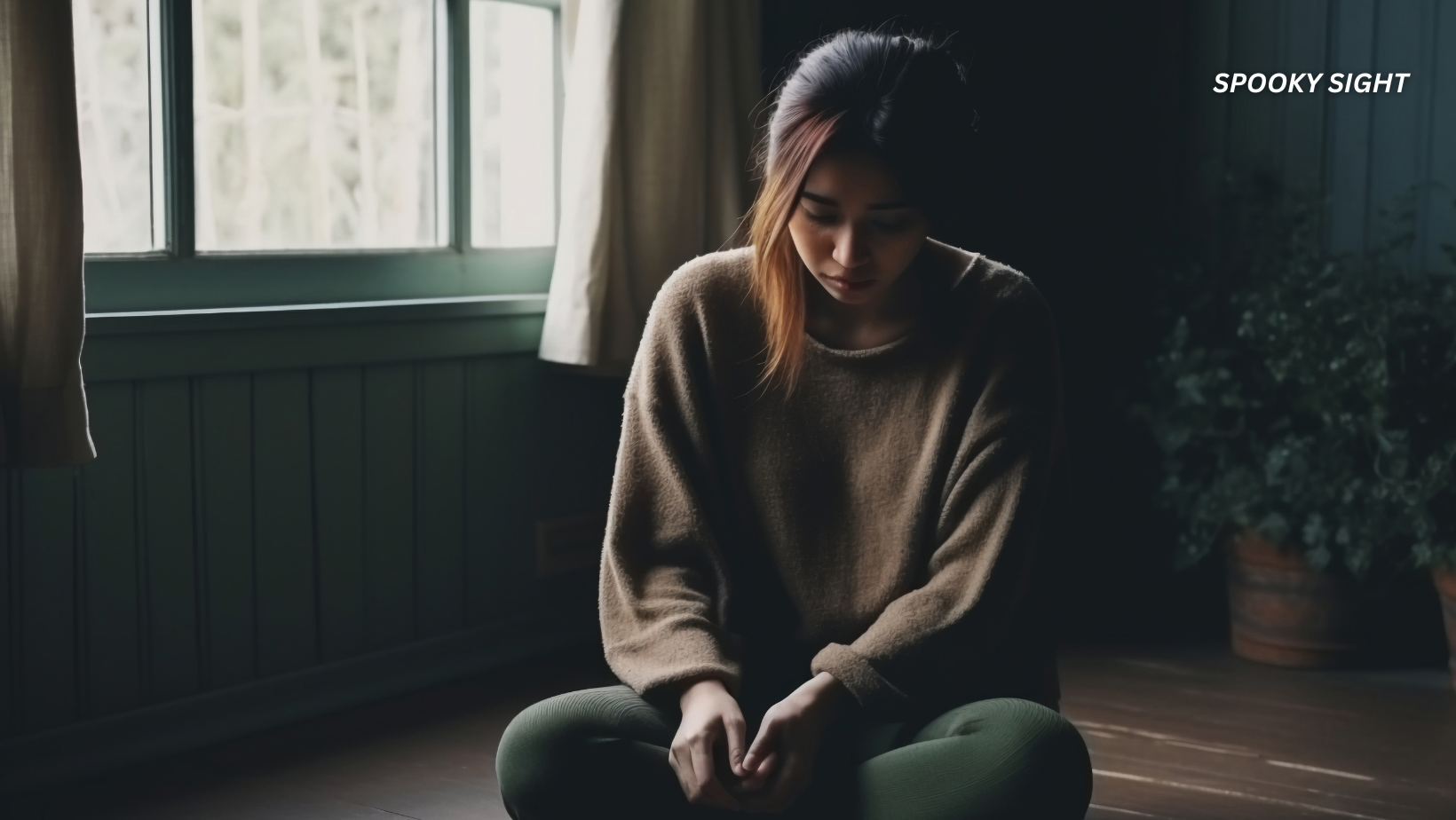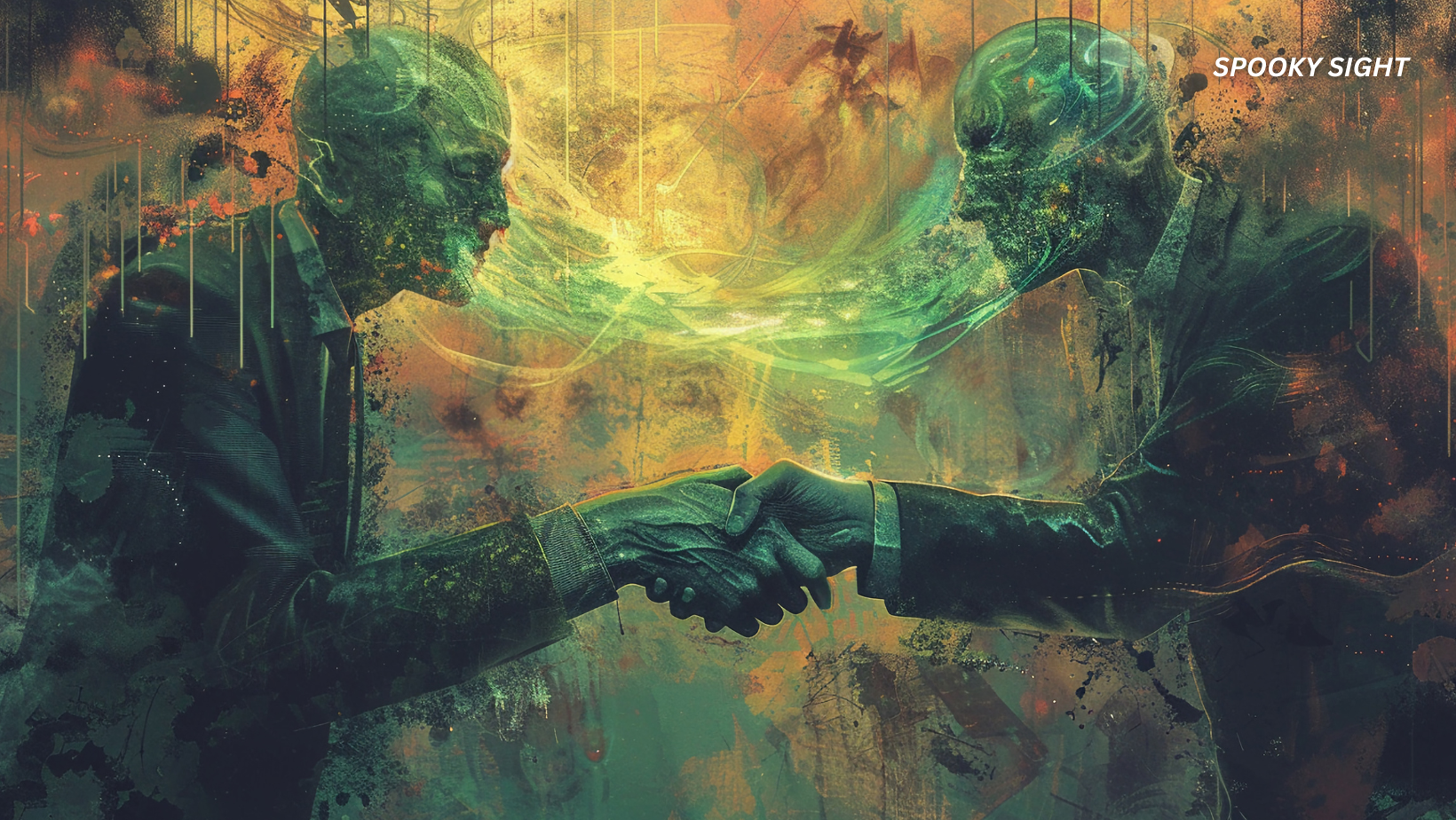Not all wounds leave visible scars. While some people carry their pain in ways the world can easily see, others tuck it into quiet corners of their daily behavior—barely noticeable unless you know what to look for. Trauma doesn’t always arrive with fanfare; it often lingers in the background, quietly influencing how someone moves through life.
Sometimes, it shows up in the form of unusual habits: a sudden flinch at a gentle touch, laughter in the middle of a serious conversation, or a strong preference for sitting where they can see every exit. To the untrained eye, these quirks might seem random, overly cautious, or even socially awkward. But in reality, they’re survival strategies—crafted and sharpened in the shadows of difficult experiences.
These mannerisms aren’t signs of weakness. On the contrary, they reflect a nervous system that’s learned how to adapt and protect itself, even long after the danger has passed. Understanding these subtle signals can help foster more empathy and compassion—not just for others, but also for ourselves.
In this list, we explore 13 quiet behaviors that may hint at a person’s unspoken emotional history. While none of them are definitive proof of trauma, they can offer clues about what someone might be carrying beneath the surface. Because sometimes, the loudest stories are the ones never spoken aloud.
1. They Freeze When You Touch Them Suddenly
If someone stiffens or jolts when you tap them on the shoulder, it might not just be surprise—it could be their nervous system kicking into survival mode. For people who’ve experienced trauma, even a familiar hand can feel like a threat for a split second.
They might chuckle or try to brush it off, but their body has already run through a checklist: Am I safe? Is this danger? Should I run? It’s not about overreacting—it’s about instincts that were trained during rough times and never quite learned how to relax.
2. They Always Choose the Seat With the Best View
Ever notice someone quietly choosing a corner seat, one where they can see the door and the whole room? That’s not about being antisocial—it’s about needing to feel secure.
People who’ve been blindsided before sometimes develop this habit. Sitting with their back exposed might feel too risky, even if there’s no real danger in sight. For them, being able to observe everything is a quiet way of saying, I’m keeping myself safe.
Read more: Psychologists Say These 14 Behaviors Often Reveal a Toxic Personality
3. They Apologize for Things That Don’t Warrant an Apology
“Sorry” slips out constantly—when they speak up, when someone bumps into them, even when they ask a simple question. This isn’t about politeness anymore—it’s about feeling like they’re too much.
For many who’ve been through trauma, apologies become a way of shrinking themselves, of trying not to cause waves. It’s a learned instinct: stay small, stay safe.
4. They Laugh When Things Get Uncomfortable
They might chuckle while telling a painful story or giggle during serious conversations. It seems off—but it’s a protective habit.
Humor can be a shield. Laughing is sometimes easier than crying or feeling overwhelmed. For someone with trauma, a joke might be the safest way to navigate something emotionally heavy.
5. They Keep Their Hands Occupied
You’ll notice them fiddling with rings, tapping pens, or twisting the edge of their sleeve. These little movements aren’t just idle habits—they’re silent ways to manage anxiety.
Their body may be trying to release nervous energy that has no other outlet. It’s a quiet form of self-soothing, often done without even realizing it.
6. They Struggle With Eye Contact—or Go Overboard
Some avoid eye contact entirely, glancing away as if they’re trying to disappear. Others might hold your gaze for too long, as if they’re studying you like a puzzle.
Both reactions can come from the same place: trying to read the situation for safety. Eye contact feels complicated when your body is scanning for danger that isn’t there.
7. They Curl Up Into Themselves When Speaking
They might hunch their shoulders, cross their arms tightly, or sit in ways that make them seem smaller. It’s not bad posture—it’s subconscious self-protection.
When someone’s experienced trauma, being seen or noticed can feel threatening. So, without realizing it, they try to physically take up less space—as if hoping the world will overlook them.
8. They React Strongly to Mild Criticism
Even small suggestions can trigger an intense reaction. They may shut down, get defensive, or seem unusually flustered.
This isn’t about being fragile—it’s about past experiences where criticism wasn’t gentle or constructive. To them, even helpful feedback can feel like a warning siren.
9. They Seem to Zone Out Mid-Conversation
You’re talking, but their expression goes blank, and it feels like they’ve drifted away. It’s not boredom or rudeness—it’s called dissociation.
Sometimes, when something feels emotionally too much, the mind temporarily “checks out” to protect itself. Their body might be sitting there, but their brain has quietly slipped away to somewhere safer.
10. They Jump at Sudden Sounds or Movements
A door slams. Someone speaks loudly. A chair scrapes the floor. Their reaction seems exaggerated—but to them, it’s not.
People with past trauma often have a heightened startle reflex. Their nervous system stays on guard, always bracing for something to go wrong. They’re not being dramatic—they’re responding the way their body was trained to.
Read more: People With Hidden Insecurities Often Say These 10 Things Without Thinking
11. They Overthink Simple Decisions
Picking a meal, choosing a route, or deciding where to sit can feel like an exam. They’ll second-guess themselves, ask for reassurance, or take far longer than expected.
This doesn’t mean they’re indecisive—it means they’ve learned that even small choices can have big consequences. And their brain is still trying to avoid those imagined risks.
12. They Seem Too Polite
They might smile too much, thank you too often, or try extra hard not to offend. It seems sweet—but underneath, it might be fear-based.
People-pleasing is sometimes a survival tactic. For someone who’s lived through emotional turbulence, keeping others happy feels like the safest route. If everyone’s okay, maybe they will be too.
13. They Avoid Conflict Like It’s Fire
They might agree with everything, even when they don’t, just to avoid tension. Disagreements or confrontations make them visibly anxious.
This is because arguments may once have been dangerous or emotionally scarring. Now, even a mild debate can feel like a looming threat. Their instinct is to smooth things over before they spiral.
Read more: Don’t Be Fooled: These 15 Habits Reveal a Fake Nice Person
Final Thought
None of these behaviors are flaws—they’re adaptations. People who carry trauma often develop these subtle habits not because they want to, but because their past taught them to. These traits aren’t about weakness—they’re quiet signs of strength and resilience. They’re proof that someone survived something tough and is still finding their way forward.
Image: Freepik.









